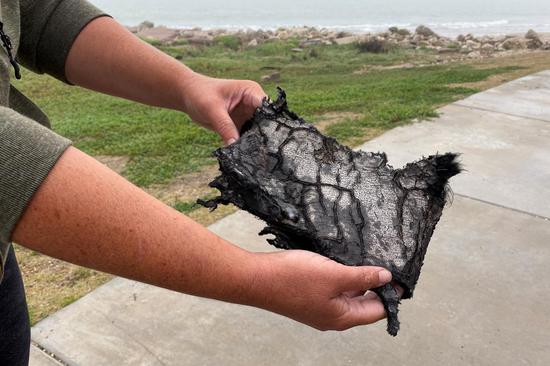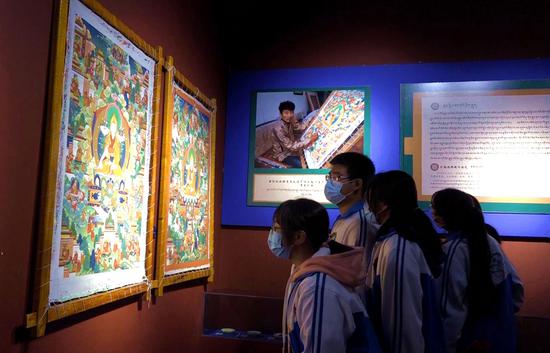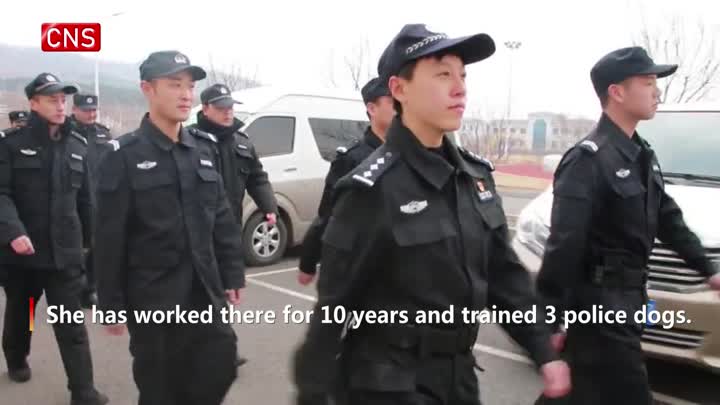
An instructor carries a tray of Shaxian-style dumplings made by her students at a cooking school on Nov 23, 2020. [Photo/Xinhua]
After midnight, Mao began preparing the ingredients for the next day. Sauces and spices were sourced from Shaxian to ensure the authenticity of the flavors.
"As far as I know, my eatery was the first one of its kind in Jincheng because nobody dared to open a restaurant that just sold food to cater for southern people in a northern city," he said, "But my success proved that Shaxian food was able to make it in the city."
In 2011, Mao's landlord terminated his lease so he had to move. A friend had bought a Ferrari luxury car with the earnings from his Shaxian restaurant in Erdos, and Mao was encouraged to seek his fortune there from the large community of migrant coal workers hungry for a taste of home.
However, after the local government suspended some coal operations due to shrinking demand and environmental protection regulations, Mao lost his customer base and moved to Zhejiang in 2012.
His cousins ran Shaxian eateries there, and Mao said he felt guilty about losing contact with his family in Fujian. "Over the past 20 years, I've returned home once a year and stayed for just a week," he said. "I didn't stay with or comfort my wife during her pregnancy or see my father before he died 10 years ago.
"But what reassures me is that I've used the money earned from the eateries to pay for my mother's medical treatment, buy an apartment in my hometown and support my daughter."
His current plans is to improve his cooking skills while helping look after his recuperating mother. He eventually wants to open an eatery in his hometown.
Shaxian food enterprises that dispatch ingredients around the country have also increased work opportunities.
Last year, the per capita disposable income of the county's rural residents was 20,000 yuan, up from 2,800 yuan in 1997, the local government said.


















































